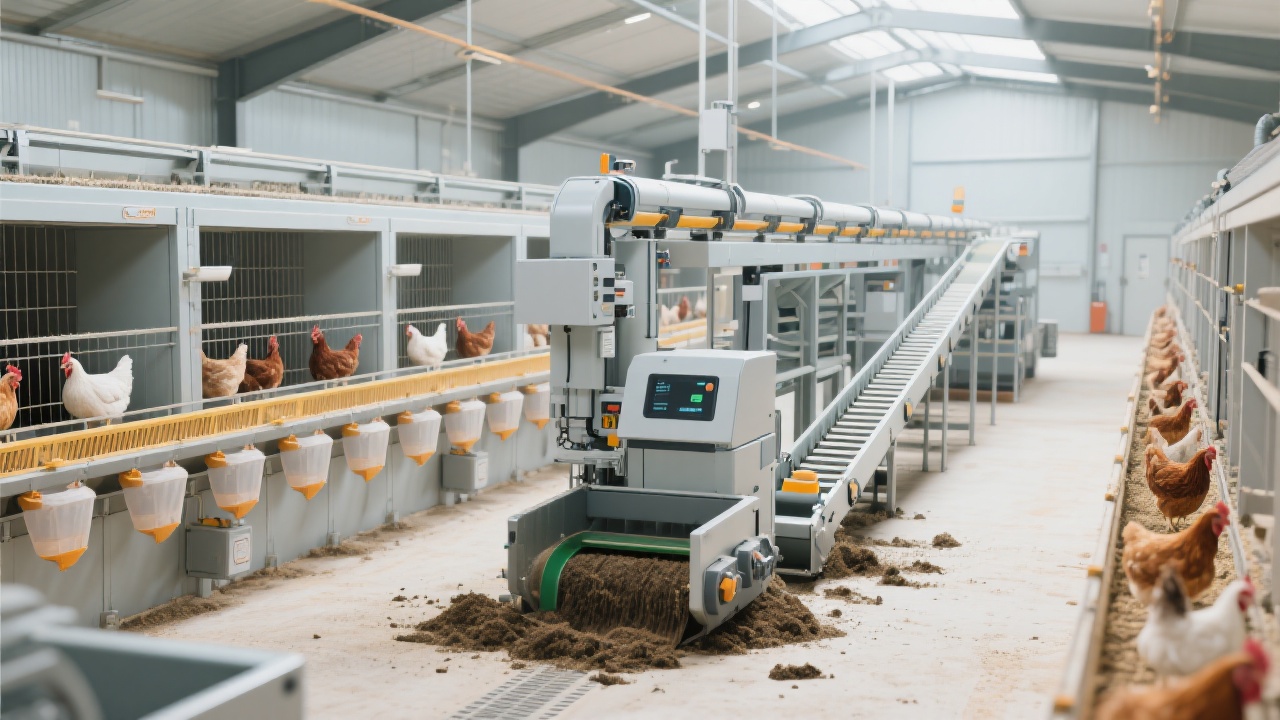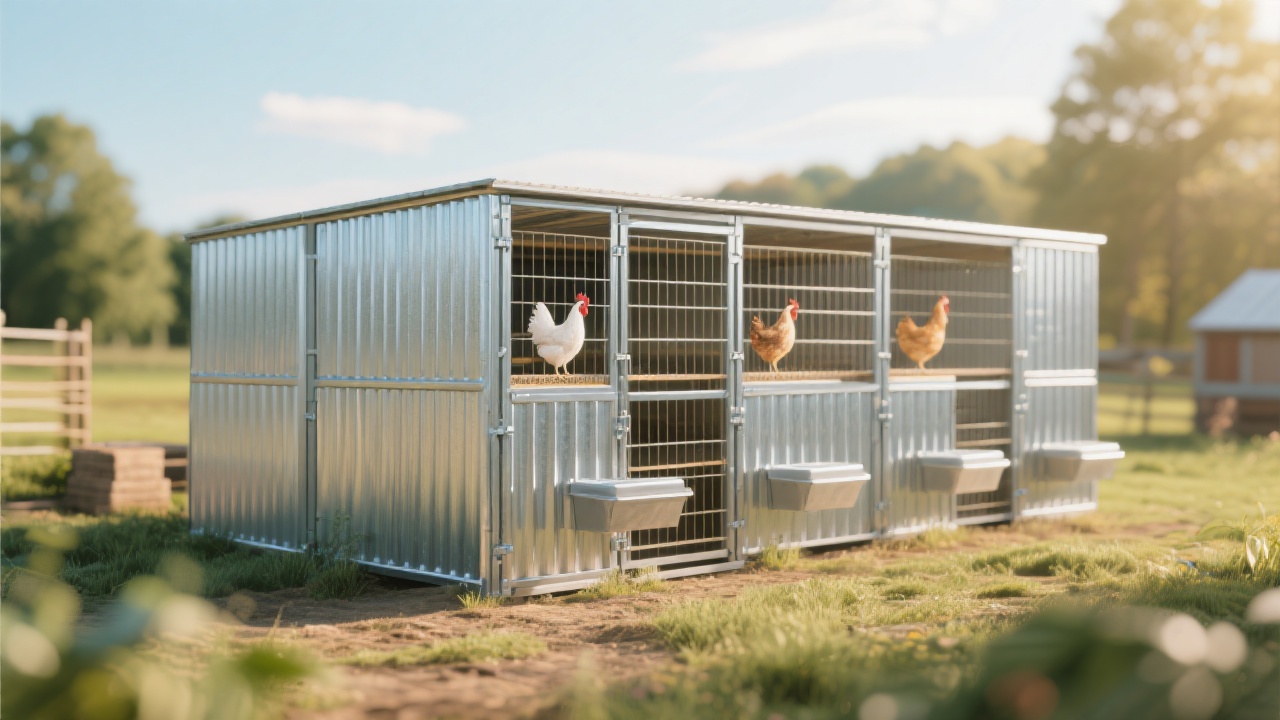
As the scale of layer farming continues to expand, traditional manual egg collection and manure cleaning face high labor costs and management challenges. Zhengzhou Livi Machinery has introduced the efficient H-type automated layer cages, which integrate an innovative automatic egg collection and manure cleaning system, improving space utilization and operational efficiency. This article comprehensively analyzes the operating mechanism of the system, module configuration suggestions, and daily maintenance points to help large-scale farms effectively reduce labor intensity, avoid common faults, and achieve intelligent cost reduction and efficiency improvement.
The automated egg collection and manure cleaning system in large-scale layer farms has significant application value. Currently, farms with 5,000 to 30,000 laying hens often encounter high labor costs and management difficulties in manual operations. The automated system can address these issues. For example, in a farm with 10,000 laying hens, the use of this system can reduce labor costs by up to 40% and improve egg collection efficiency by 30%.

The innovative design of the layer cages and the automatic collection mechanism are the core of the system. The H-type cage design provides a more comfortable living environment for the hens, and the automatic collection mechanism ensures that eggs are collected in a timely and efficient manner. The following table shows the recommended module configurations for different farm scales:
| Farm Scale (Number of Hens) | Module Configuration |
|---|---|
| 5,000 - 10,000 | 2 sets of basic egg collection modules, 1 set of manure cleaning module |
| 10,001 - 20,000 | 3 sets of basic egg collection modules, 2 sets of manure cleaning modules |
| 20,001 - 30,000 | 4 sets of basic egg collection modules, 3 sets of manure cleaning modules |
Common faults in the automated system include egg breakage during collection, blockage of the manure cleaning pipeline, and malfunctions of the sensors. To prevent these faults, regular inspections and maintenance are necessary. For example, the egg collection belts should be checked for wear and tear every week, and the manure cleaning pipelines should be cleaned at least once a month. Additionally, operators should be trained to follow the correct operating procedures to avoid unnecessary faults.

A well-trained workforce is crucial for the long-term stable operation of the system. The following is a recommended training program:
To enhance the credibility of the content, this article combines text with pictures, and provides video demonstration links [Video Link 1, Video Link 2]. Through real cases and data, readers can better understand the application and value of the system in actual farms. For example, a farm in [Location] increased its egg production by 15% after using this system, and at the same time reduced the incidence of egg breakage by 20%.

In conclusion, the automated egg collection and manure cleaning system for layer cages is an effective solution for large-scale farms to achieve cost reduction and efficiency improvement. By following the technical guidance and training program provided in this article, farms can ensure the long-term stable operation of the system. If you are interested in achieving efficient automation and cost reduction in your farm, click here to contact us for more information.

